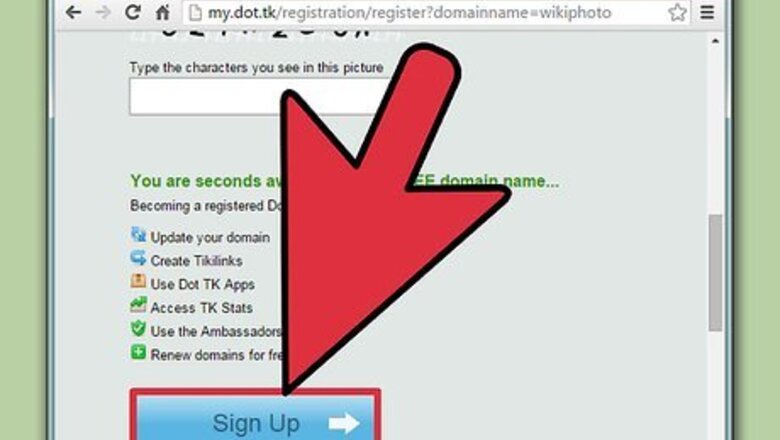
views
Using Your Web Host
Decide your preferred route. Your website will be made with a series of files, so you'll need a place to store those files. You can do it on your own computer (without a hosting service) or store them on another company's servers (with a hosting service). Most webhosting services will also be able to register a domain name for you. Choose which route you want to take and then follow the appropriate set of instructions.
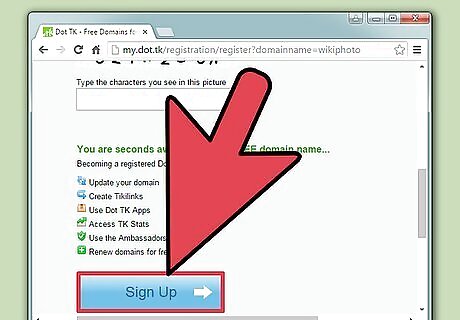
Choose a hosting service. Choose a service to host your website, or go with the service that you already have (if you inherited a website). There are many reputable ones, and you will want to choose a reputable one, but they tend to have different customer service policies and prices. Choose what's best for you. Reputable hosting services include SafetyNames.com, GoDaddy.com, OnlyDomains.com and eNom.com. The hosting services all work with the ICANN database, which is in charge of keeping track of all domain names, so they should all turn up the same information.
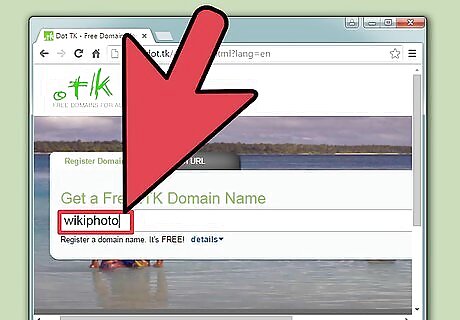
Use the availability checker. These sites will all have an availability checker, where you type in the domain name you want and they tell you if it's available or suggest alternatives if it isn't. Some will even tell you if there is a cheaper domain with a slightly different name. Most of the basic, well-known domain names will be taken already.
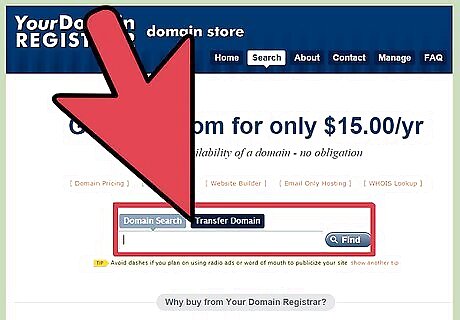
Select other services. Once you've found an available domain name, you'll want to select it and follow the instructions for that particular service. When you select your domain name, you will also have the opportunity to add on other services that the host also provides. Choose what's best for you.
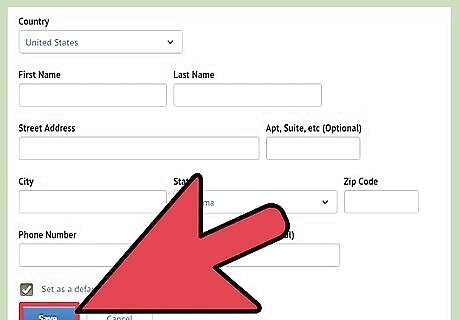
Fill out their forms. They will then ask for a bunch of information from you. This is necessary to register with the WHOIS database, where the owners of websites are required to list their information. This information can be made public or you can choose to keep in private (usually for an added fee).
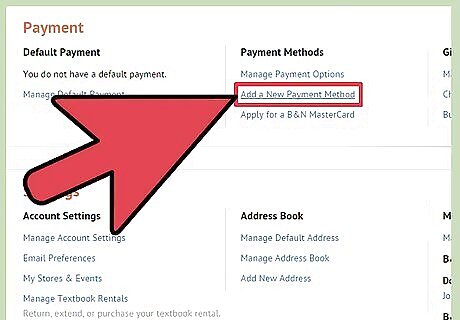
Pay them. Websites aren't free! Enter your payment information and make sure it's correct. This is why it's a good idea to choose a reputable site: because they will have your payment information.

Use their tools. Once you're registered with them and everything is good to go, you can start using their tools to upload stuff to your site. You can also set up uploading through software programs like Firefox or Dreamweaver.
Using a Registrar
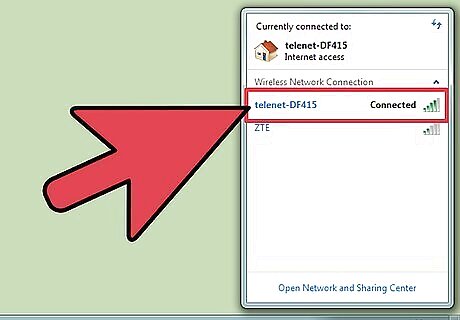
Check with your ISP. Now, the trick with hosting your website on your own servers is that some ISPs (internet service providers) don't allow this. They will block the traffic. So, the first thing to do is check with your ISP to make sure this is allowed and if you need to do anything special. If they don't allow it, you'll have to either change ISPs or change your mind about hosting.

Choose a registrar. Choose either one of the major hosting services, or find a website that just does registration, like Domjax. You can simply register a domain name with most of the hosting companies; you don't have to also host with them. Just find a reputable and certified domain registrar. Keep in mind that some hosts and registrars are only allowed to register certain top-level domains (or TLDs), like .org and .xxx, and so on.
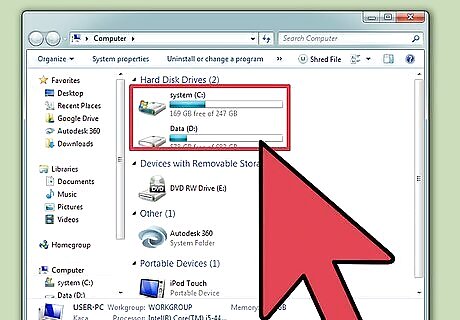
Get a server. You'll need a server to host your site on. You can repurpose an old computer or you can get a straight-up server...whichever suits your needs best. Just make sure that it can handle the needs of your website. If you think you're going to be getting a lot of traffic, you'll need a fast system. Your local computer store staff person should be able to advise you on the best option for your needs.
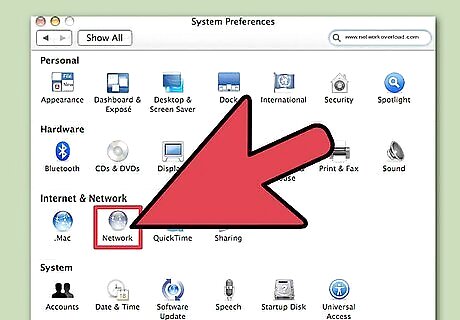
Get a static IP address. You'll need to set up your IP address to stay the same. Usually these change, but if yours changes people won't be able to get to your site! Think of the internet like a post office, and your IP address is like your address. It needs to stay the same if you want your mail to get to you!
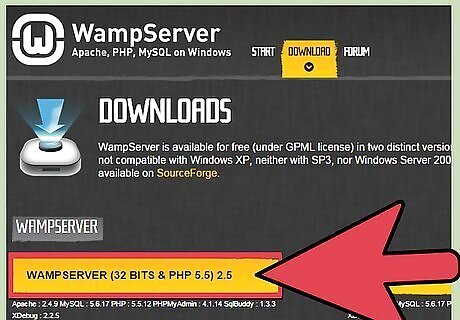
Get the necessary software. You'll need software to run your server, so choose one that works for you and that you can learn to use. The most common is Apache.
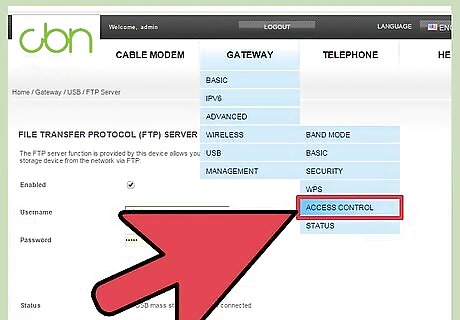
Configure your router and firewall. Both your router and your firewall will need to be reconfigured to allow your website to work. Your router will need to correctly forward connections on port 80 and your firewall will need to allow the traffic to move through.
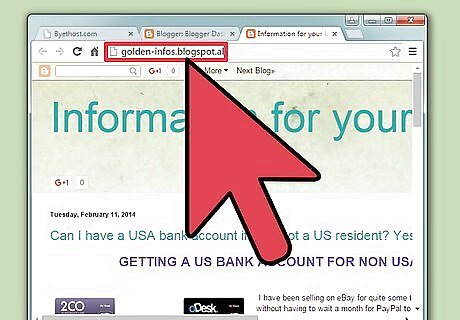
Route your domain traffic to your computer. Make sure that everything is correctly set up at that your domain traffic is sent to the correct location: your server! Test once you are done, both on your own computer and one at another location (like, another house) to make sure it works.
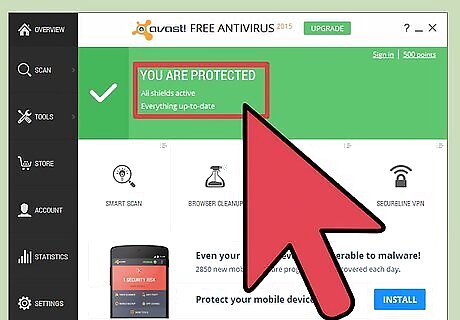
Recognize the security risk. You need to understand that running your own server poses a serious security risk, as it is much easier to hack, and you will need to take the appropriate security precautions. Pay constant attention to your website and make sure that there are no signs of a security breach.
Choosing a Domain Name
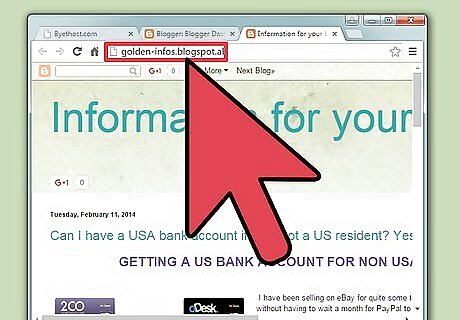
Avoid getting stuck. Did you find out that the domain name you wanted was already taken? Are you wanting to be sure that your domain name is optimal for people to find your website? You'll want to practice a few simple steps to get the name just right, rather that getting stuck and giving up or taking a less than great name.
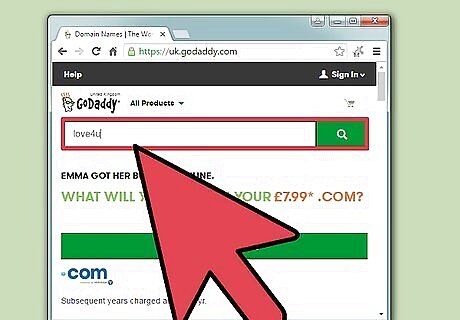
Keep it current. Choose a domain name that sounds current, and not like something out of the 90s or 00s. Avoid using numbers or letters for words (2, 4, U, etc), or other dated language.

Be professional. Choose a name that sounds professional and legitimate. Unless you want to be mistaken for a porn site or a scam, choose a name that sounds professional. For example, don't name your travel website Travel4U.biz and instead go with something like QualityTravel.net.

Make sure it's readable. The domain name should be easy to read. Avoid names that are made up of multiple words with the same letter or letters that look the same, such as wikihowworld or wikiliki. On many computers and print media, these will be difficult to read correctly.
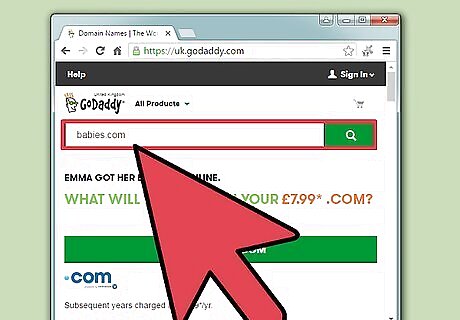
Keep it short. Shorter domain names are better, as these are easier to read, type, and remember. However, if your website can be easier to remember or stand out more at wikiHow.com, rather than wHow.com, then don't worry about it.

Be memorable. If someone is going to learn about your website by word of mouth, you'll want it to be something that's easy to remember. This is why it's best to name it after your business or after yourself (if it's something like a portfolio site).
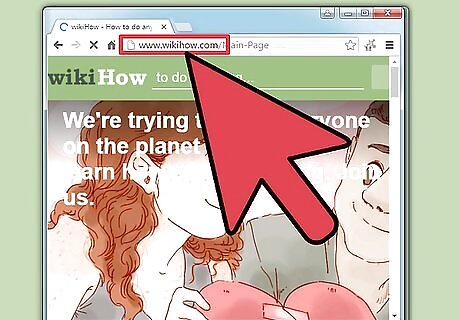
Choose something that's clearly you. Tie your domain name to your brand rather than your product. This will help people find you more easily and be easier to remember. It can also cut down on the price of your domain. For example, wikiHow.com is better than GoodInfo.com.

Use Google's tools. Maximize SEO (search engine optimization) by taking advantage of Google's tools, like Google Trends and Google Keywords. They can help you find easier searchable or more commonly searched alternatives, as well as provide expected search numbers.
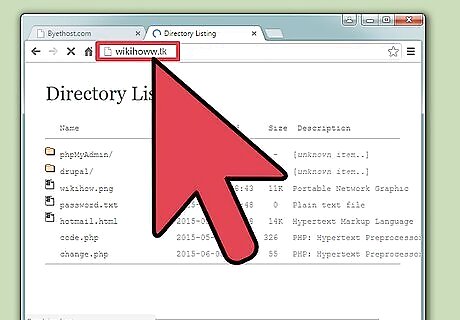
Avoid copyright issues. Don't name your site in a way that could become a copyright issue. That's a whole nightmare that you don't want to deal with. Don't confuse the terms with common intellectual properties or make it something that might be abusive to someone's copyright. For example, naming your website DisneyMovies.com or PedoMickeyMouse.com is probably a terrible idea.
Understanding Top-Level Domains
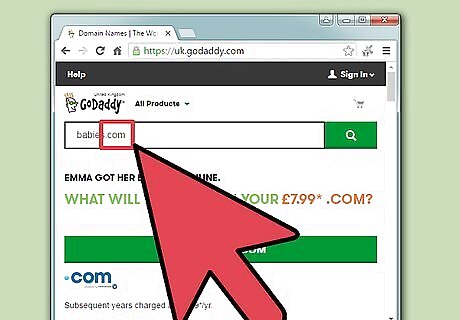
Choose a common TLD. Top-level Domains (or TLDs) are the final part of your domain name, the letters following the dot. There are two TLDs that are commonly used regardless of the nature of the site and that is .com or .net. These are useful as people will assume it is one or the other if they can't remember or do not know your website address.
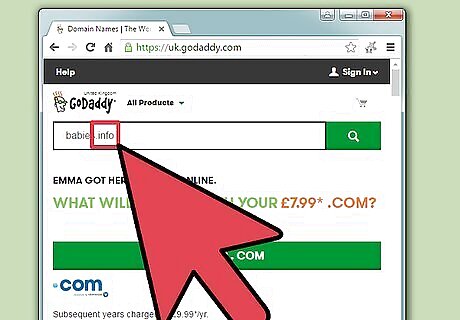
Indicate a business. There are a few domains that are used for businesses, beyond the normal two, and you may want to consider them. Using one of the unusual TLDs can help keep costs down, as these usually cost less money to register. Examples include .biz, .info, as well as the industry specific and qualification-requiring options.

Indicate an organization. While the .org TLD is now open to anyone, it is usually used to indicate an organization or non-profit entity. If you are such an entity, it would be a good idea to get one of these domains, as it will lend legitimacy to your organization.
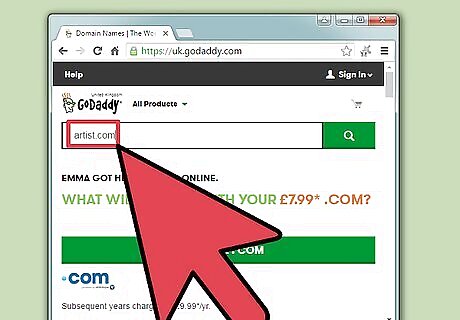
Indicate a personal site. While the two most common TLDs are usually used in personal sites, you do have a wide variety of options available to you, if you would rather set yourself apart or save some money. Widely consider your options before settling.
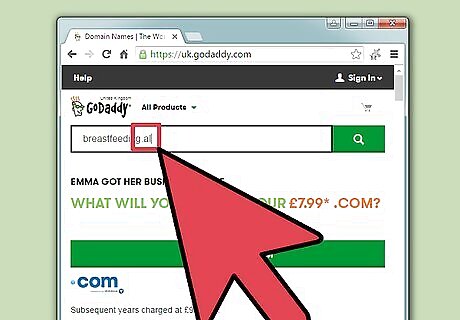
Indicate your region. There are also TLDs for many of the different countries and regions. If you have a business that only operates within your country, it may be a good idea to choose one of these. They also serve to set your site apart and lower the cost, as the name will be in less demand.
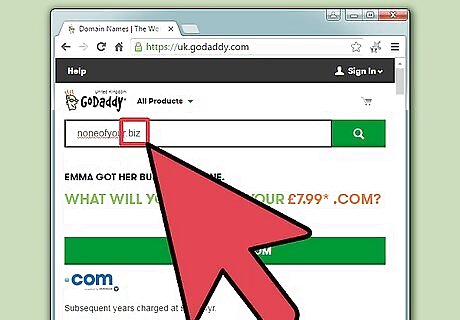
Consider the final phrase. Make sure when you choose a name and TLD that you read out loud how the whole thing sounds together. Look for ways in which the spelling or pronunciation might change if the dot was removed. People will accidentally create awkward or offensive phrases, especially if choosing one of the non-standard TLDs. You can also use this to your advantage and make your web address a phrase, like "noneofyour.biz" or "weare.us".
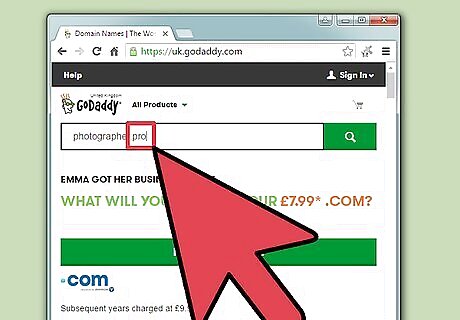
Keep limits in mind. Some TLDs require certain credentials to get. These include TLDs like .aero, .int, .museum, or .pro. If you have the credentials necessary to get one of these domains, you may want to consider it. Otherwise, don't worry about these, as you will be unable to get them.




















Comments
0 comment